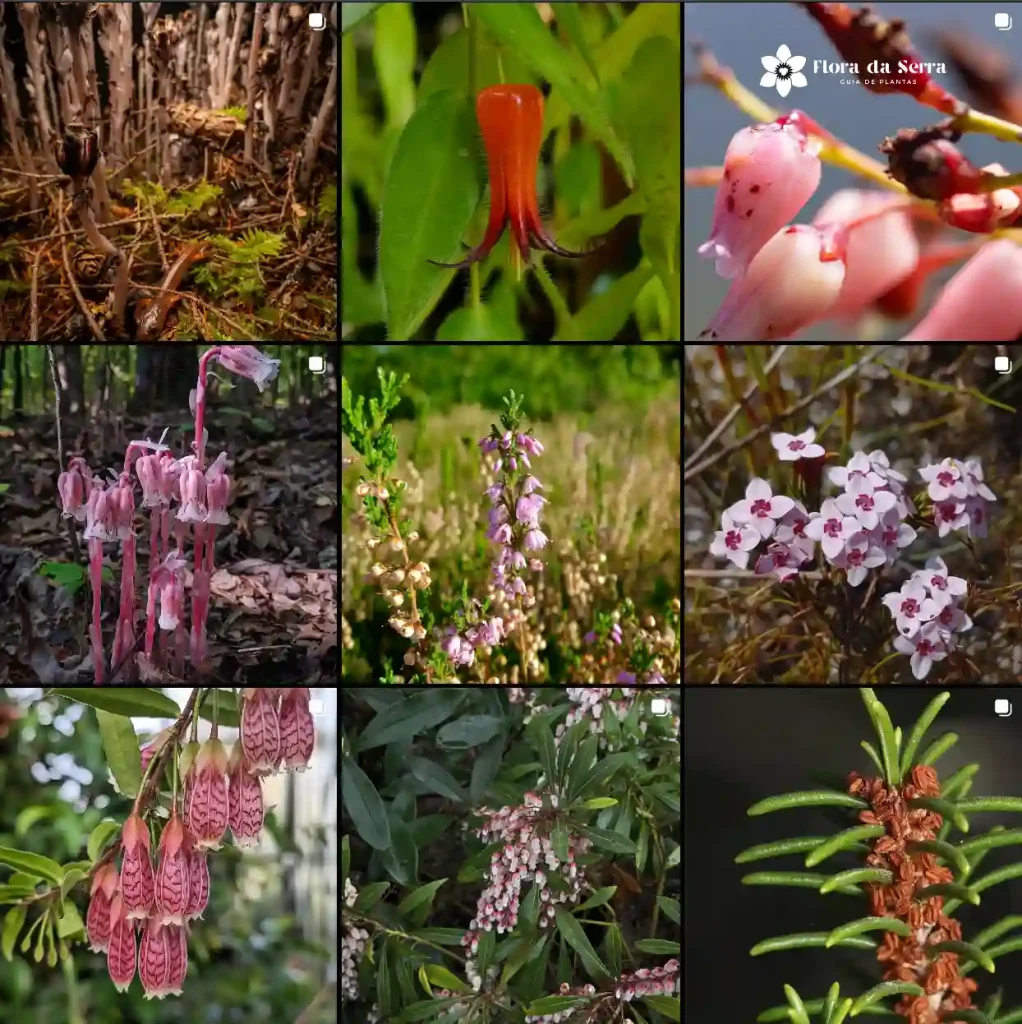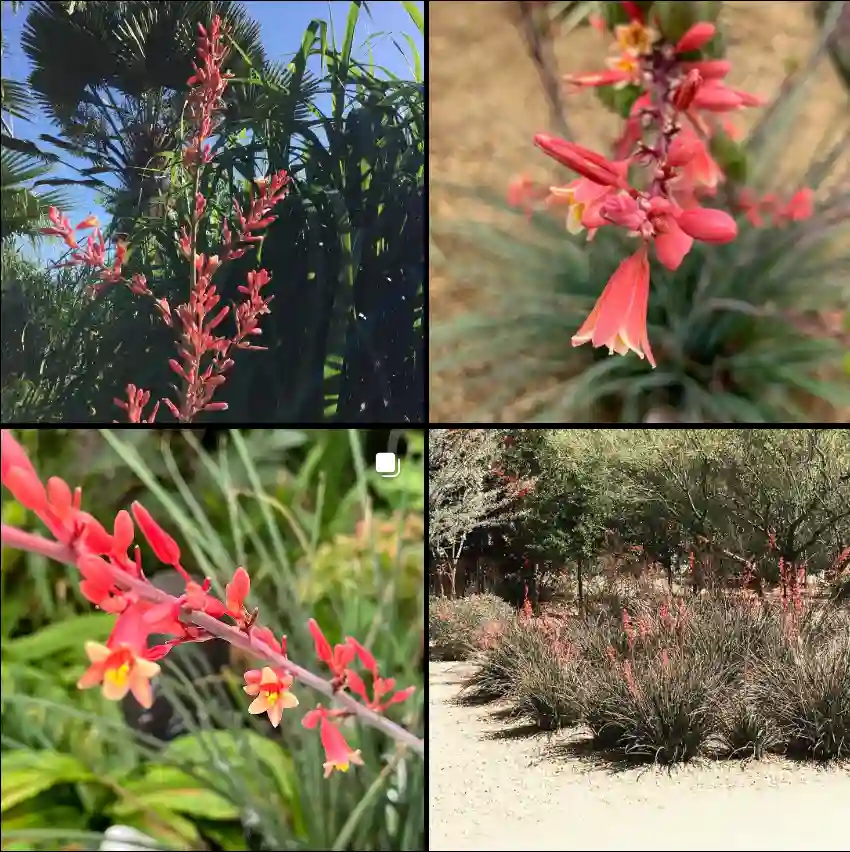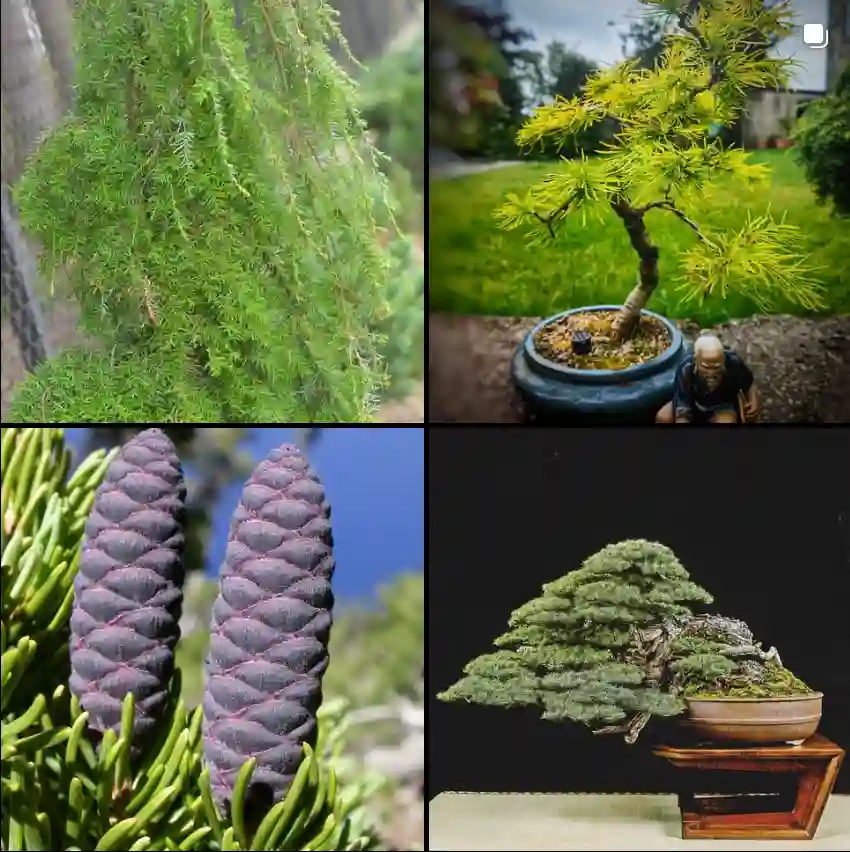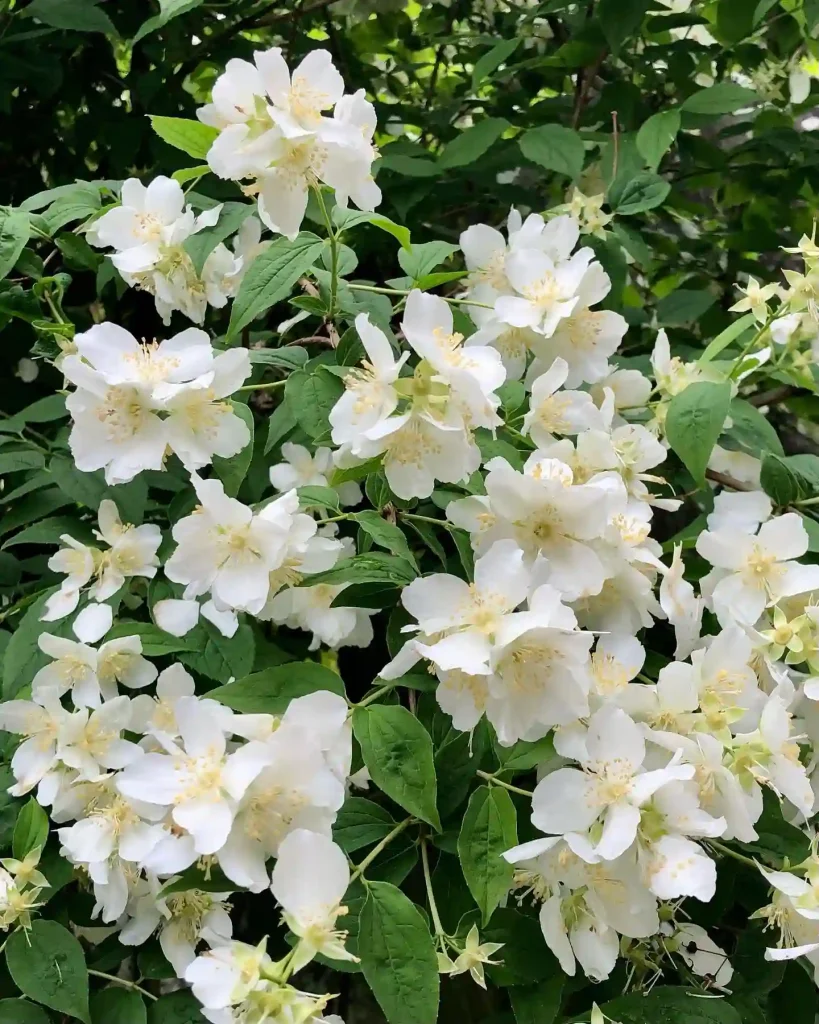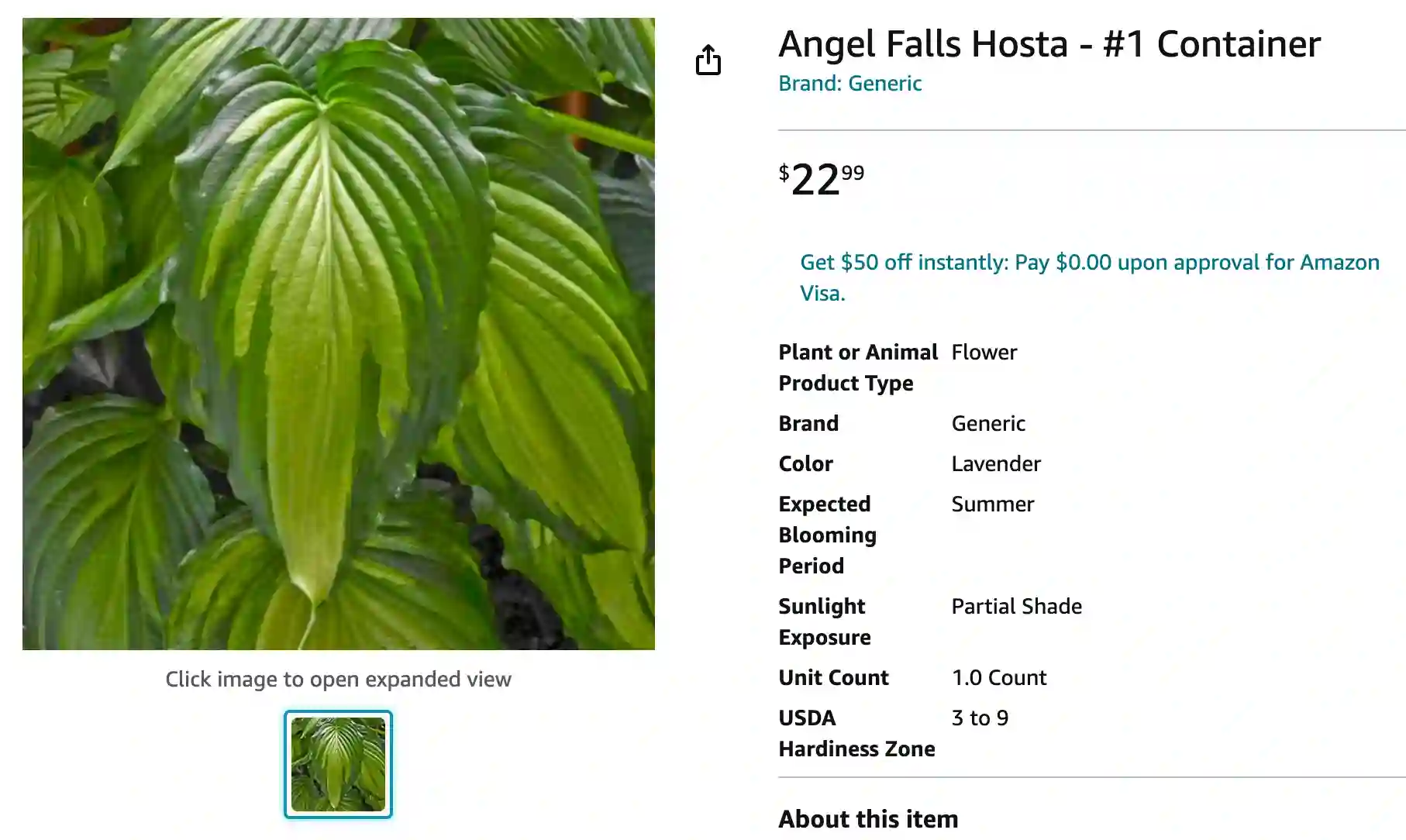
Hosta Angel Falls: A Gardener’s Guide
I’m Ferb Vu, and I’ve been cultivating beautiful gardens for over two decades. Hostas are some of my favorite shade-loving plants, and the Hosta Angel Falls is a true standout.
Here, I’ll answer some of the most common questions about this stunning variety, providing a concise guide to add it to your own garden.
31 Species in Genus Hosta
What is Hosta Angel Falls?
The Hosta Angel Falls is a medium-sized, herbaceous perennial prized for its cascading, blue-green foliage. Imagine a waterfall of vibrant, textured leaves – that’s the essence of this eye-catching hosta.
How big does Hosta Angel Falls get?
At maturity, Hosta Angel Falls reaches a height of 16 inches with a spread of about 3 feet. The flower stalks, topped with lavender blooms, can reach up to 24 inches, adding a delicate touch in mid to late summer.
Where should I plant Hosta Angel Falls?
This shade-loving beauty thrives in partial to full shade. Direct afternoon sun can scorch the leaves, so choose a location that receives dappled sunlight or morning sun only.
What kind of soil does Hosta Angel Falls need?
Hosta Angel Falls prefers fertile, moist, and well-drained soil. Amending your planting area with organic matter like compost will help retain moisture and provide essential nutrients.
How do I care for Hosta Angel Falls?
Here’s the beauty of Hosta Angel Falls – it’s relatively low-maintenance.
- Watering: Water regularly, especially during hot and dry periods. Aim for consistently moist soil, but avoid soggy conditions.
- Mulching: Apply a layer of mulch around the base of the plant to retain moisture, suppress weeds, and regulate soil temperature.
- Feeding: While not essential, a balanced fertilizer applied in early spring can promote healthy growth.
- Deadheading: Once the lavender flowers fade, remove the flower stalks to encourage the plant to focus its energy on foliage growth.
- Pruning: Remove spent or discolored leaves throughout the season to maintain a tidy appearance.
Is Hosta Angel Falls deer resistant?
Good news! Hosta Angel Falls is generally deer resistant. The unappetizing taste of the foliage deters these browsing herbivores.
Does Hosta Angel Falls spread?
Yes, Hosta Angel Falls slowly spreads through rhizomes, forming a beautiful clump over time. You can divide the plant every few years to propagate new ones or control its spread.
What are some common pests and diseases for Hosta Angel Falls?
The biggest threats to Hosta Angel Falls are slugs and snails, which can munch on the leaves. Handpicking these pests or using organic slug and snail control methods is recommended.
How cold hardy is Hosta Angel Falls?
Hosta Angel Falls is considered cold-hardy in USDA zones 4 to 8. This means it can withstand winter temperatures as low as -30°F (-34°C).
Can I grow Hosta Angel Falls in containers?
Absolutely! The moderate size of Hosta Angel Falls makes it well-suited for container gardening. Choose a pot with good drainage and provide consistent moisture. Place the container in a shaded location for optimal growth.
What are some good companion plants for Hosta Angel Falls?
Hosta Angel Falls pairs beautifully with other shade-loving plants. Here are a few ideas:
- Ferns: Their delicate fronds create a textural contrast with the bold foliage of Hosta Angel Falls.
- Astilbes: Their feathery plumes add a touch of color and airiness.
- Heucheras: The colorful foliage of heucheras creates a vibrant tapestry.
Hosta Angel Falls vs. Hosta June?
Both Hosta Angel Falls and Hosta ‘June’ are popular shade-loving perennials with blue-green foliage. However, some key differences exist.
- Size: Hosta ‘June’ is generally larger, reaching heights of 24 inches compared to Hosta Angel Falls’ 16 inches.
- Foliage: Hosta ‘June’ has heart-shaped leaves, while Hosta Angel Falls boasts narrower, cascading foliage.
- Sun tolerance: Hosta ‘June’ can tolerate a bit more sun than Hosta Angel Falls, which prefers deeper shade.
Advanced Care Tips:
- Division: As mentioned earlier, Hosta Angel Falls spreads through rhizomes. Dividing established clumps in early spring allows for propagation and refreshes the plant’s vigor.
- Winter Protection: While cold-hardy, protecting newly planted Hosta Angel Falls in colder zones with a layer of mulch around the base can provide extra insulation.
- Container Selection: When choosing a pot for Hosta Angel Falls, opt for a container with drainage holes at least 18 inches in diameter. This allows for adequate root growth and prevents waterlogging.
Where to Find Hosta Angel Falls?
Hosta Angel Falls might be available at your local garden center or nursery specializing in perennials. Online retailers offering a wide variety of hostas are another option.
In Conclusion:
Hosta Angel Falls is a versatile and visually striking shade-loving perennial. Its cascading foliage, unique variegation, and ease of care make it a valuable addition to any garden. With proper planting and minimal maintenance, you can enjoy the beauty of Hosta Angel Falls for years to come.
If i die, water my plants!
